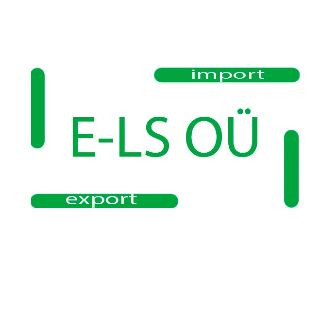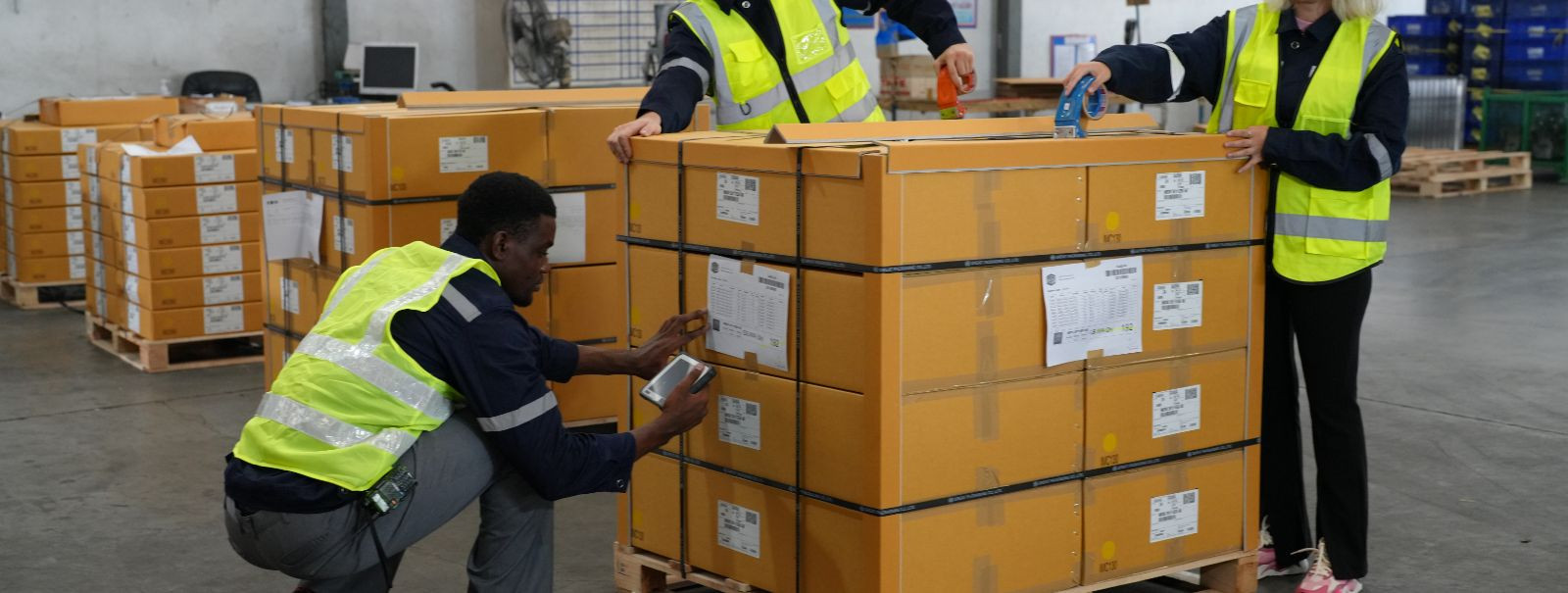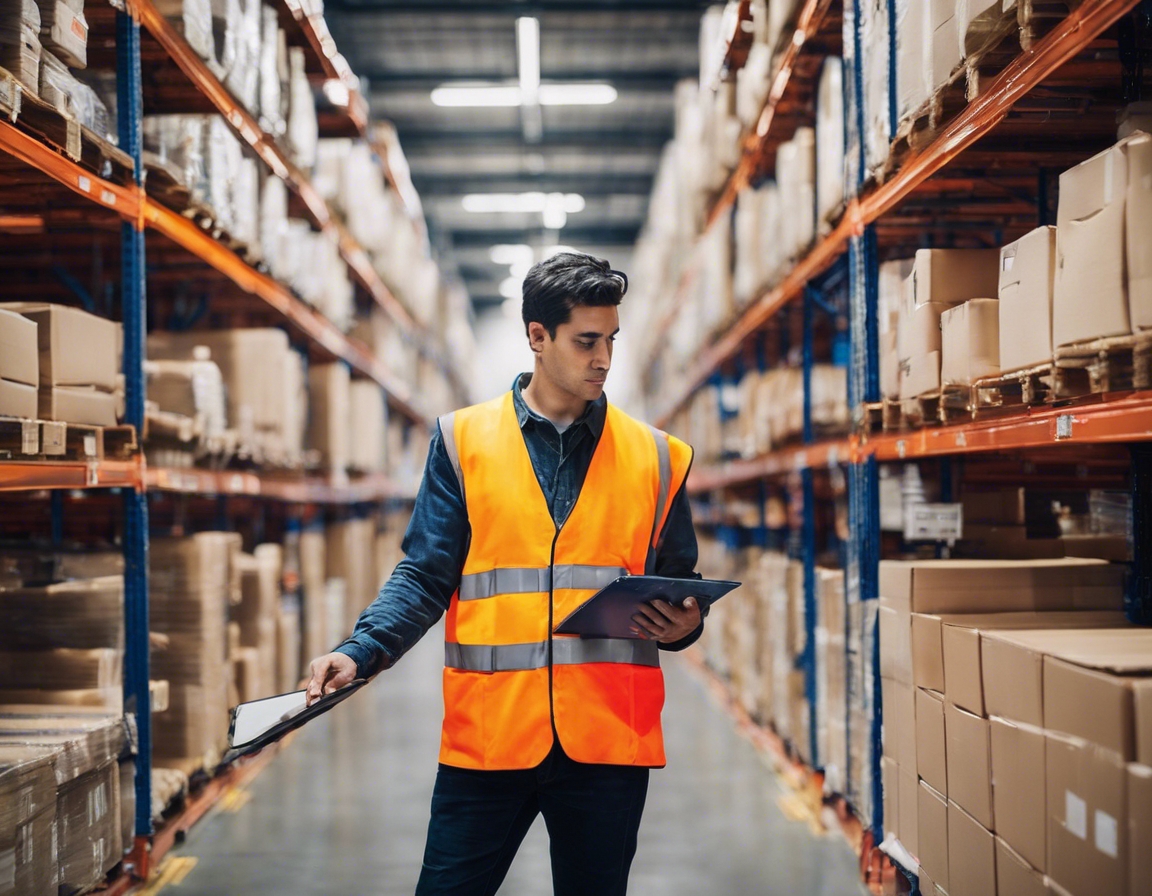The ultimate guide to customs clearance for international trade
Customs clearance is a mandatory process for any goods entering or leaving a country. It involves the preparation and submission of documentation required to facilitate export or imports into the country, representing a critical component of international trade.
Customs clearance is the act of moving goods through customs so they can enter or exit a country. It includes the preparation of documents and electronic submissions, the calculation and payment of taxes, duties, and excises, and facilitating communication between government authorities and importers and exporters.
Efficient customs clearance is essential for avoiding costly delays and legal issues. It ensures that goods move quickly through customs, helping businesses to maintain a smooth supply chain and comply with all the international trade regulations.
Key Components of Customs Clearance
Correctly classifying goods is crucial for determining the duties and taxes applicable. Classification involves assigning a specific code to goods based on the Harmonized System (HS).
Customs valuation is the process of determining the economic value of imported goods for the assessment of duties and taxes.
Tariffs and taxes are imposed on goods as they cross international borders, and their rates can vary based on the goods' classification, value, and origin.
Documentation is at the heart of customs clearance. Key documents include the commercial invoice, packing list, bill of lading, and any required permits or certificates.
Step-by-Step Guide to the Customs Clearance Process
Before shipment, ensure all goods are properly classified, valued, and documented to prevent any issues during the clearance process.
Upon arrival, goods must be declared to customs authorities using the appropriate forms and electronic systems.
Customs authorities will assess duties and taxes based on the provided documentation. Payment is required for the goods to be released.
Authorities may inspect the shipment to verify compliance with local laws and regulations. This can include checks on safety, health, and environmental standards.
Once all duties and taxes are paid and compliance is verified, goods are released from customs and can be delivered to the final destination.
Common Challenges in Customs Clearance
Shipments can be delayed or detained due to incomplete documentation, misclassification of goods, or unexpected changes in regulations.
Staying up-to-date with regulatory changes is vital for compliance and avoiding penalties.
Understanding and managing the costs associated with customs clearance can help businesses save money and avoid surprises.
Best Practices for Smooth Customs Clearance
Ensuring all documentation is accurate and complete is the first step towards a hassle-free customs clearance process.
Engaging with experienced customs brokers, like those at E-LOGISTICS SERVICE OÜ, can streamline the clearance process.
Being aware of current trade agreements and regulations can provide advantages in terms of reduced tariffs or streamlined processes.
Utilizing the latest technology can help in tracking shipments, managing documents, and ensuring compliance.
How E-LOGISTICS SERVICE OÜ Can Help
E-LOGISTICS SERVICE OÜ offers comprehensive customs clearance services to ensure your shipments comply with all the necessary regulations.
Our warehousing and distribution solutions are designed to seamlessly integrate with your supply chain operations.
We provide expert consultation to help you navigate the complex landscape of international trade compliance.






Comments (0)